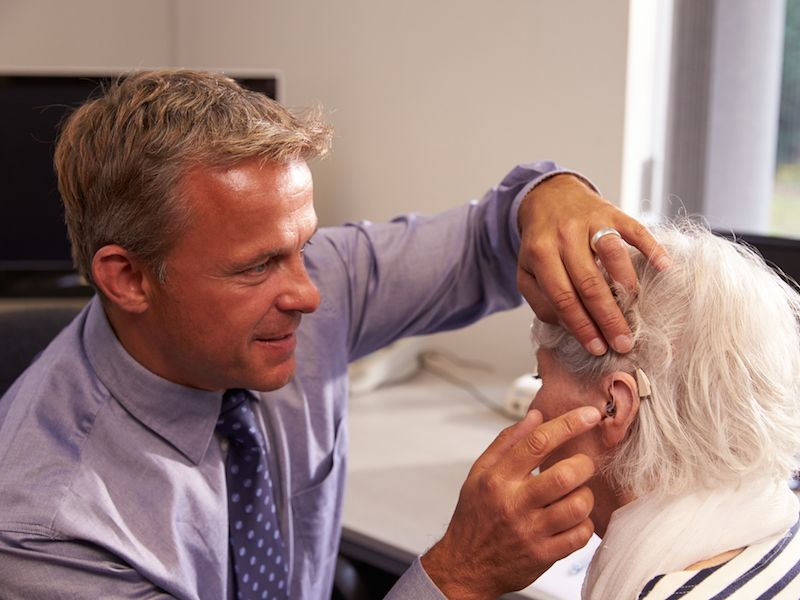
The numbers don’t lie: at some time in your life, you’re more than likely going to need a hearing aid. A report from NIDCD states that approximately a quarter of all individuals from 60 to 75 have some form of hearing loss, and that number goes up to 50% for people 75 and older. The best method to fight age-related hearing loss is to wear a hearing aid, but how do you know which model is best for you? Hearing aids at one time had problems such as vulnerability to water damage and excessive background noise but cutting-edge hearing aids have resolved these types of issues. But there’s still a lot you need to know when picking out a hearing aid to make sure it works with your lifestyle.
Directionality is a Crucial Feature
One essential feature you need to pay attention to in a hearing aid is directionality, which has the capability of keeping background noise down while focusing in on noise you want to hear like conversations. One, if not both, of two types of directionality systems are operating inside most hearing aids, they either focus on sound directly in front of you, or they focus on sound produced by different speakers and sometimes do both.
Can You Use it With Your Phone?
As a nation, we’re addicted to our cell phones. You more than likely have some type of cell phone, either a smartphone or an older style cell phone. And for the few who don’t actually have a cell phone, you likely still have a land-line. So, how well hearing aid works with your phone is an essential consideration when you’re looking at hearing aids. How does it sound? Do voices sound sharp? Does it feel comfortable? Are there any Bluetooth connectivity options available? These are all the things you should take into account when selecting new hearing aids.
What is The Probability You Would Actually Use it?
As noted above, hearing aid development has advanced tremendously over the last few years. One of those advances has been the size and shape of hearing aids, which have moved towards the smaller and more comfortable direction. But there are certainly pros and cons. It depends on what your specific needs are. A smaller hearing aid is not as obvious and might fit better but a larger one might be more powerful. You can get a hearing aid that fits right into your ear canal and is basically invisible, but it won’t have many of the functions available in larger hearing aids and can sometimes be prone to earwax clogs. On the other end of the spectrum, a behind the ear hearing aid is bigger and might be more noticeable, but often come with more directionality features and provide more choices for sound amplification.
What Type of Background Noise Will You be Exposed to?
Wind noise has been an overwhelming difficulty for hearing aid users ever since they were developed. It could have driven anyone nuts to go out on a windy day and hear nothing except wind. If you’re an outdoors kind of person or you live in a windy area, you’ll want to suppress wind noises with your hearing aid decision so that conversations won’t have that frustrating wind howl. Searching for more information about how to pick the correct hearing aid? Give us a call.
